AescigeninCAS# 17806-68-7 |

Quality Control & MSDS
3D structure
Package In Stock
Number of papers citing our products
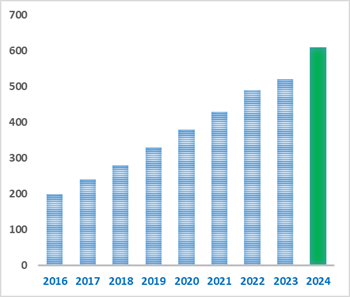
| Cas No. | 17806-68-7 | SDF | Download SDF |
| PubChem ID | 15558431 | Appearance | Powder |
| Formula | C30H48O5 | M.Wt | 488.7 |
| Type of Compound | N/A | Storage | Desiccate at -20°C |
| Solubility | Soluble in Chloroform,Dichloromethane,Ethyl Acetate,DMSO,Acetone,etc. | ||
| Chemical Name | None | ||
| SMILES | CC1(CC2C3=CCC4C5(CCC(C(C5CCC4(C3(CC6C2(C(C1O6)O)CO)C)C)(C)CO)O)C)C | ||
| Standard InChIKey | LNFFTNDQZFXWHS-OTRNTIHZSA-N | ||
| Standard InChI | InChI=1S/C30H48O5/c1-25(2)13-18-17-7-8-20-26(3)11-10-21(33)27(4,15-31)19(26)9-12-28(20,5)29(17,6)14-22-30(18,16-32)23(34)24(25)35-22/h7,18-24,31-34H,8-16H2,1-6H3/t18-,19+,20+,21-,22+,23-,24+,26-,27+,28+,29+,30-/m0/s1 | ||
| General tips | For obtaining a higher solubility , please warm the tube at 37 ℃ and shake it in the ultrasonic bath for a while.Stock solution can be stored below -20℃ for several months. We recommend that you prepare and use the solution on the same day. However, if the test schedule requires, the stock solutions can be prepared in advance, and the stock solution must be sealed and stored below -20℃. In general, the stock solution can be kept for several months. Before use, we recommend that you leave the vial at room temperature for at least an hour before opening it. |
||
| About Packaging | 1. The packaging of the product may be reversed during transportation, cause the high purity compounds to adhere to the neck or cap of the vial.Take the vail out of its packaging and shake gently until the compounds fall to the bottom of the vial. 2. For liquid products, please centrifuge at 500xg to gather the liquid to the bottom of the vial. 3. Try to avoid loss or contamination during the experiment. |
||
| Shipping Condition | Packaging according to customer requirements(5mg, 10mg, 20mg and more). Ship via FedEx, DHL, UPS, EMS or other couriers with RT, or blue ice upon request. | ||

Aescigenin Dilution Calculator

Aescigenin Molarity Calculator
| 1 mg | 5 mg | 10 mg | 20 mg | 25 mg | |
| 1 mM | 2.0462 mL | 10.2312 mL | 20.4625 mL | 40.9249 mL | 51.1561 mL |
| 5 mM | 0.4092 mL | 2.0462 mL | 4.0925 mL | 8.185 mL | 10.2312 mL |
| 10 mM | 0.2046 mL | 1.0231 mL | 2.0462 mL | 4.0925 mL | 5.1156 mL |
| 50 mM | 0.0409 mL | 0.2046 mL | 0.4092 mL | 0.8185 mL | 1.0231 mL |
| 100 mM | 0.0205 mL | 0.1023 mL | 0.2046 mL | 0.4092 mL | 0.5116 mL |
| * Note: If you are in the process of experiment, it's necessary to make the dilution ratios of the samples. The dilution data above is only for reference. Normally, it's can get a better solubility within lower of Concentrations. | |||||

Calcutta University

University of Minnesota

University of Maryland School of Medicine
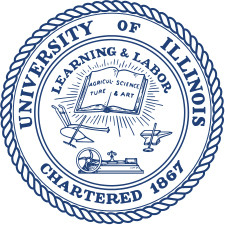
University of Illinois at Chicago
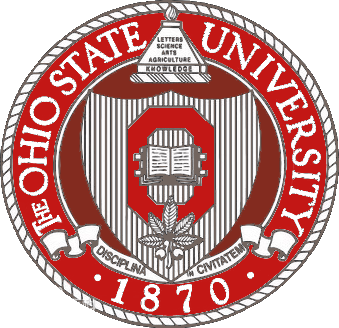
The Ohio State University
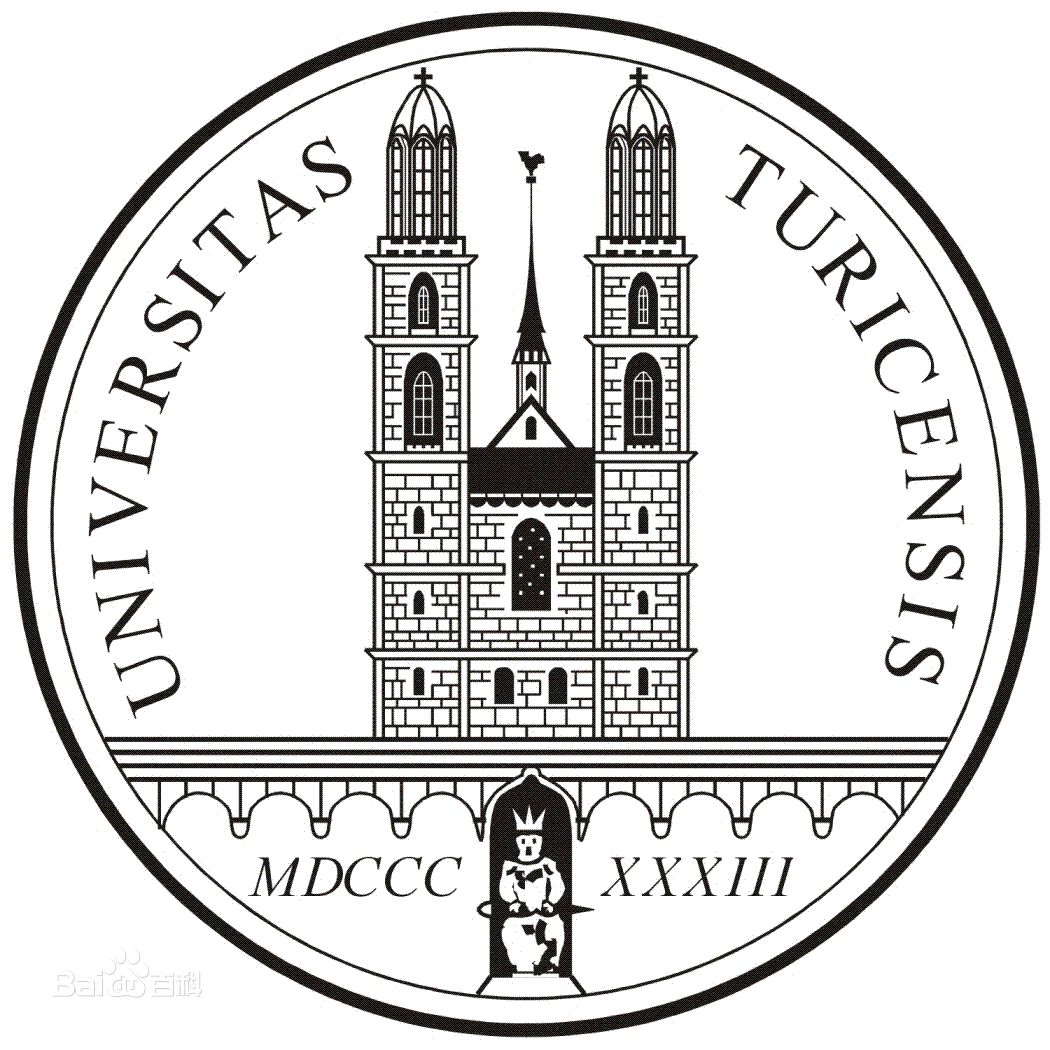
University of Zurich

Harvard University

Colorado State University
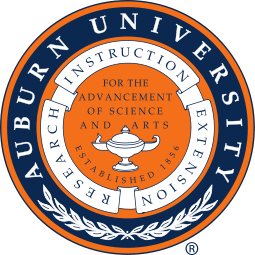
Auburn University

Yale University

Worcester Polytechnic Institute

Washington State University

Stanford University

University of Leipzig
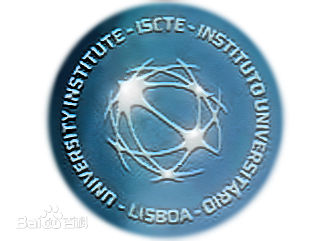
Universidade da Beira Interior
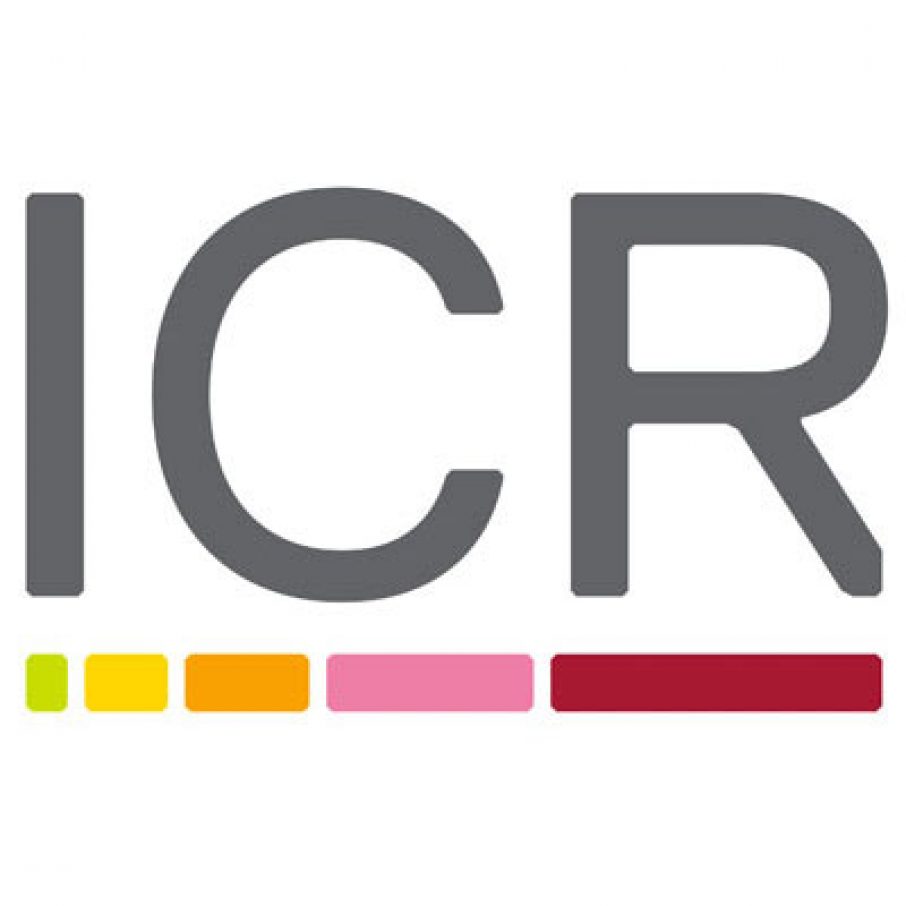
The Institute of Cancer Research
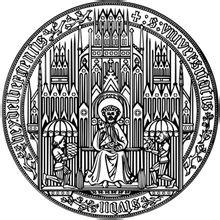
Heidelberg University

University of Amsterdam

University of Auckland

TsingHua University
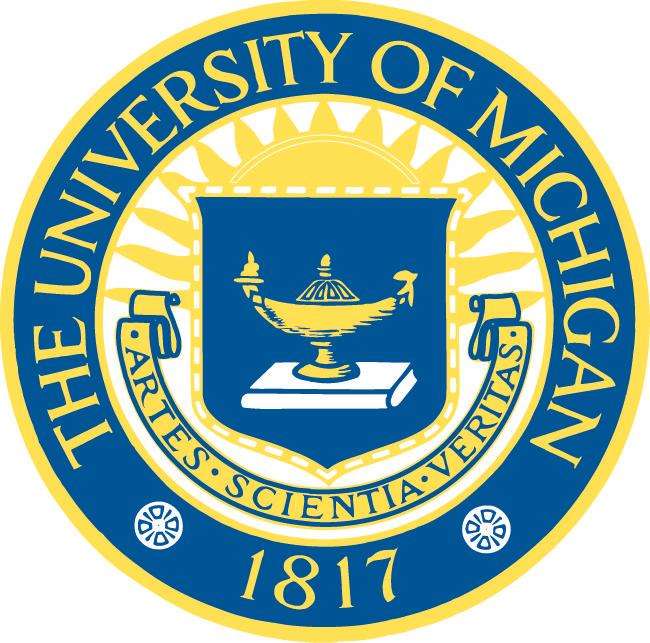
The University of Michigan

Miami University

DRURY University
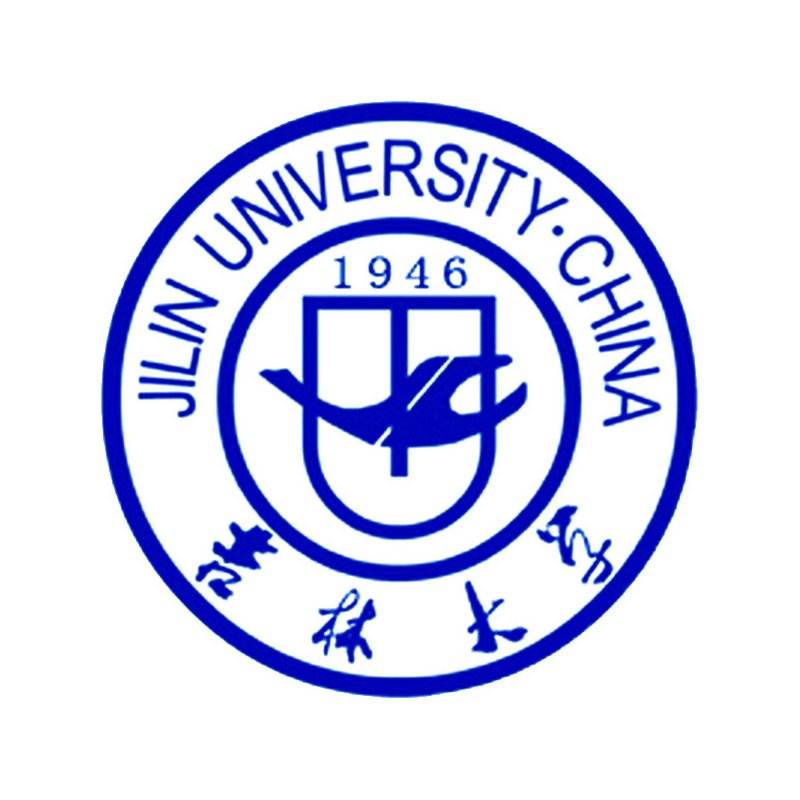
Jilin University

Fudan University

Wuhan University

Sun Yat-sen University

Universite de Paris

Deemed University

Auckland University
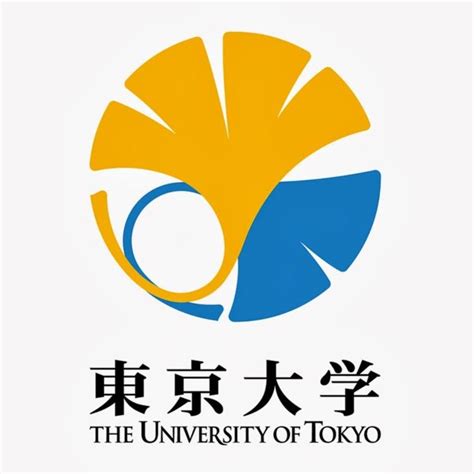
The University of Tokyo

Korea University
- Fmoc-D-Phe(4-NO2)-OH
Catalog No.:BCC3278
CAS No.:177966-63-1
- Allopurinol Sodium
Catalog No.:BCC4886
CAS No.:17795-21-0
- Sauchinone
Catalog No.:BCN2299
CAS No.:177931-17-8
- Clematichinenoside C
Catalog No.:BCN7850
CAS No.:177912-24-2
- Boc-His-OH
Catalog No.:BCC3398
CAS No.:17791-52-5
- Eletriptan HBr
Catalog No.:BCC5039
CAS No.:177834-92-3
- Calystegine A6
Catalog No.:BCN1886
CAS No.:177794-04-6
- Calystegine N1
Catalog No.:BCN1866
CAS No.:177794-03-5
- Proxyfan oxalate
Catalog No.:BCC7378
CAS No.:177708-09-7
- NKP608
Catalog No.:BCC1802
CAS No.:177707-12-9
- MNITMT
Catalog No.:BCC7382
CAS No.:177653-76-8
- Glycerol 1-(26-hydroxyhexacosanoate)
Catalog No.:BCN1131
CAS No.:177602-14-1
- Nociceptin (1-13)NH2
Catalog No.:BCC5749
CAS No.:178064-02-3
- Bacopasaponin C
Catalog No.:BCC8124
CAS No.:178064-13-6
- 3-Deoxyzinnolide
Catalog No.:BCN4799
CAS No.:17811-32-4
- H-Asp-OMe
Catalog No.:BCC2884
CAS No.:17812-32-7
- 6,7,4'-Trihydroxyisoflavone
Catalog No.:BCN2910
CAS No.:17817-31-1
- Hardwickiic acid
Catalog No.:BCN1132
CAS No.:1782-65-6
- Linderone
Catalog No.:BCN1133
CAS No.:1782-79-2
- Tetrahymanone
Catalog No.:BCN6932
CAS No.:17822-06-9
- Calystegine B3
Catalog No.:BCN1880
CAS No.:178231-95-3
- Orphanin FQ (1-11)
Catalog No.:BCC6085
CAS No.:178249-41-7
- Nociceptin (1-7)
Catalog No.:BCC5738
CAS No.:178249-42-8
- H-D-Asp-OH
Catalog No.:BCC2894
CAS No.:1783-96-6
Sodium beta-aescin may be an effective therapeutic agent for Bell's palsy.[Pubmed:18762387]
Med Hypotheses. 2008 Nov;71(5):762-4.
Although Bell's palsy is the most common acute facial paralysis, the cause of it is still unknown. This made the treatment for it remain very limited. Many methods are simply symptomatic treatment. Up to now we have known that Bell's palsy is related to viral infection and the pathomechanism of Bell's palsy involves inflammatory oedema and entrapment neuropathy in the narrow bony facial canal. So treatment plans for Bell's palsy mainly focus on antiviral therapy, relieving inflammatory oedema and accelerating facial nerve recovery. Sodium beta-aescin is derived from horse chestnut and its major constituent is Aescigenin which has been approved by China national drug standard. The pharmacologic action of sodium beta-aescin is to relieve tissue oedema, recover vasopermeability and eliminate pressure caused by oedema. Nowadays sodium beta-aescin has been widely used clinically for encephaledema or tumefaction caused by trauma or operation. It also can be used for treating disease of digestive system and increasing intravenous tension and improving microcirculation. Although many papers had been published on the anti-edema effects of sodium beta-aescin, little was known about the effects in treating oedema complicated by Bell's palsy.
[Studies on sapogenins of Aesculus wilsonii Rehd].[Pubmed:9772631]
Zhongguo Zhong Yao Za Zhi. 1996 Oct;21(10):617-8 inside back cover.
Three sapogenins were isolated from the hydrolysate of the saponin mixture extracted from the seeds of Aesculus wilsonii. They were identified as 21-angeloyl-protoAescigenin., Aescigenin and protoAescigenin by physicochemical propertise and spectroscopic analysis.


